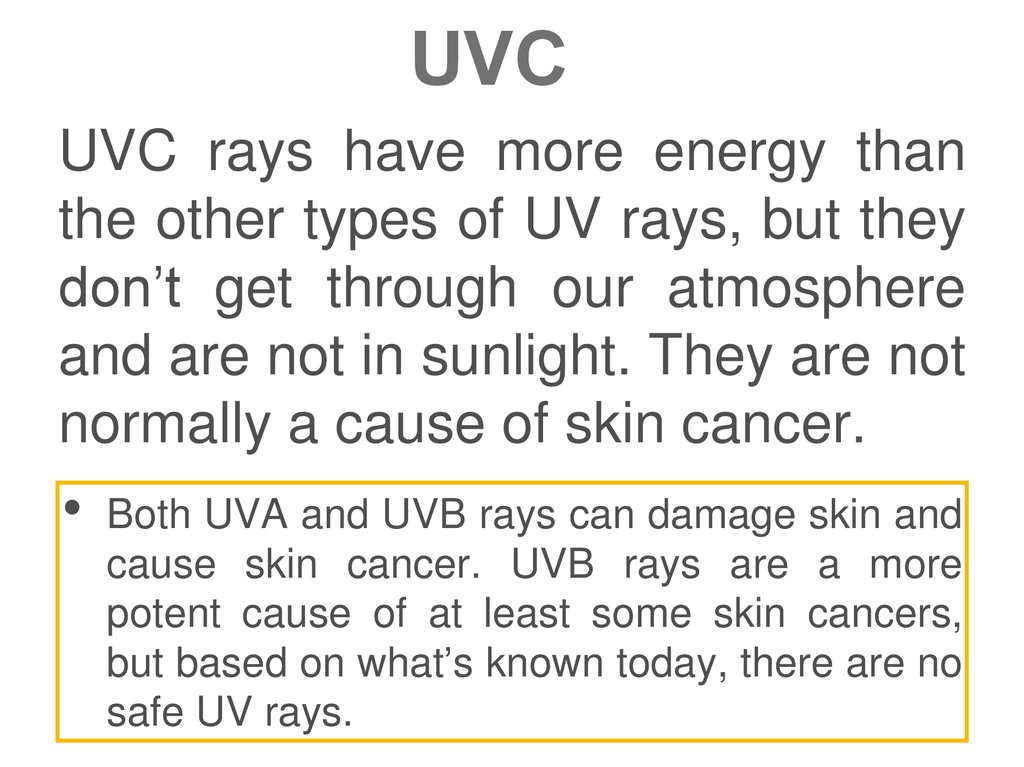

Typical variation of UV index by time of day and time of year, around 40.71 -74.01, based on FastRT UV Calculator Although this may be in error (especially when cloud conditions are unexpectedly heavy or light), it is usually within ☑ UV index unit as that which would be measured.
Uvc radiation portable#
While the UV index can be calculated from a direct measurement of the UV spectral power at a given location, as some inexpensive portable devices are able to approximate, the value given in weather reports is usually a prediction based on a computer model. An index of 10 corresponds roughly to midday summer sunlight with a clear sky when the UV index was originally designed now summertime index values in the tens are common for tropical latitudes, mountainous altitudes, areas with ice/water reflectivity and areas with above-average ozone layer depletion. An index of 0 corresponds to zero UV radiation, as is essentially the case at night. Higher values represent a greater risk of sunburn (which is correlated with other health risks) due to UV exposure.

The UV index is a linear scale each increase in value corresponds to a constant decrease in time to sunburn.
Uvc radiation skin#
Public health organizations recommend that people protect themselves (for example, by applying sunscreen to the skin and wearing a hat and sunglasses) if they spend substantial time outdoors when the UV index is 3 or higher see the table below for more detailed recommendations. The scale was developed by Canadian scientists in 1992, and then adopted and standardized by the UN's World Health Organization and World Meteorological Organization in 1994. The purpose of the UV index is to help people effectively protect themselves from UV radiation, which has health benefits in moderation but in excess causes sunburn, skin aging, DNA damage, skin cancer, immunosuppression, and eye damage, such as cataracts. That same individual would experience sunburn in only 15 minutes if the UV index was at 12. Using the Fitzpatrick scale, a light-skinned individual would experience sunburn in about 30 minutes at UV index 6, without sunscreen. The UV index is designed as an open-ended linear scale, directly proportional to the intensity of UV radiation that causes human skin to sunburn. It is primarily used in daily and hourly forecasts aimed at the general public. The ultraviolet index, or UV index, is an international standard measurement of the strength of the sunburn-producing ultraviolet (UV) radiation at a particular place and time. Measurement of strength of sunburn-producing ultraviolet (UV) radiation


 0 kommentar(er)
0 kommentar(er)
